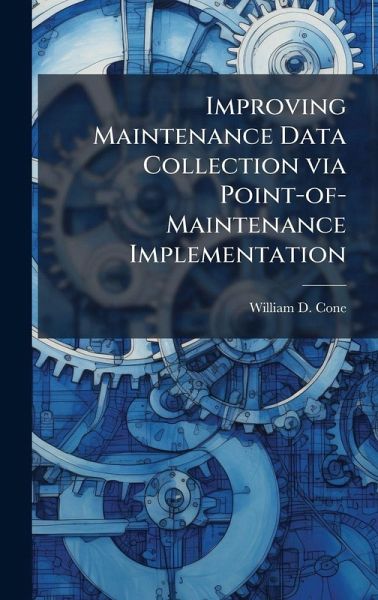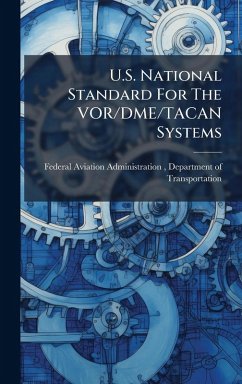
Improving Maintenance Data Collection via Point-of-Maintenance Implementation
Versandkostenfrei!
Versandfertig in über 4 Wochen
27,99 €
inkl. MwSt.
Weitere Ausgaben:

PAYBACK Punkte
14 °P sammeln!
Maintenance data collection is an integral part of flightline aircraft maintenance. Historically, this data was input via traditional keyboard data entry methods at a computer terminal. These terminals are typically located in the aircraft maintenance unit (AMU) facility, away from where the actual maintenance is being performed. In contrast to the traditional approach, the Point-of-Maintenance system (POMX) seeks to reduce the data entry burden while increasing data accuracy through the use of E-Tools such as ruggedized laptop computers and handheld portable maintenance aids (PMAs). POMX enab...
Maintenance data collection is an integral part of flightline aircraft maintenance. Historically, this data was input via traditional keyboard data entry methods at a computer terminal. These terminals are typically located in the aircraft maintenance unit (AMU) facility, away from where the actual maintenance is being performed. In contrast to the traditional approach, the Point-of-Maintenance system (POMX) seeks to reduce the data entry burden while increasing data accuracy through the use of E-Tools such as ruggedized laptop computers and handheld portable maintenance aids (PMAs). POMX enables data entry at the aircraft or other maintenance location via wireless local area network or batch storage, and seeks to capture data as the maintenance is performed. This research analyzes the impact of a POMX system on maintenance data error rates. This work has been selected by scholars as being culturally important, and is part of the knowledge base of civilization as we know it. This work was reproduced from the original artifact, and remains as true to the original work as possible. Therefore, you will see the original copyright references, library stamps (as most of these works have been housed in our most important libraries around the world), and other notations in the work. This work is in the public domain in the United States of America, and possibly other nations. Within the United States, you may freely copy and distribute this work, as no entity (individual or corporate) has a copyright on the body of the work. As a reproduction of a historical artifact, this work may contain missing or blurred pages, poor pictures, errant marks, etc. Scholars believe, and we concur, that this work is important enough to be preserved, reproduced, and made generally available to the public. We appreciate your support of the preservation process, and thank you for being an important part of keeping this knowledge alive and relevant.












